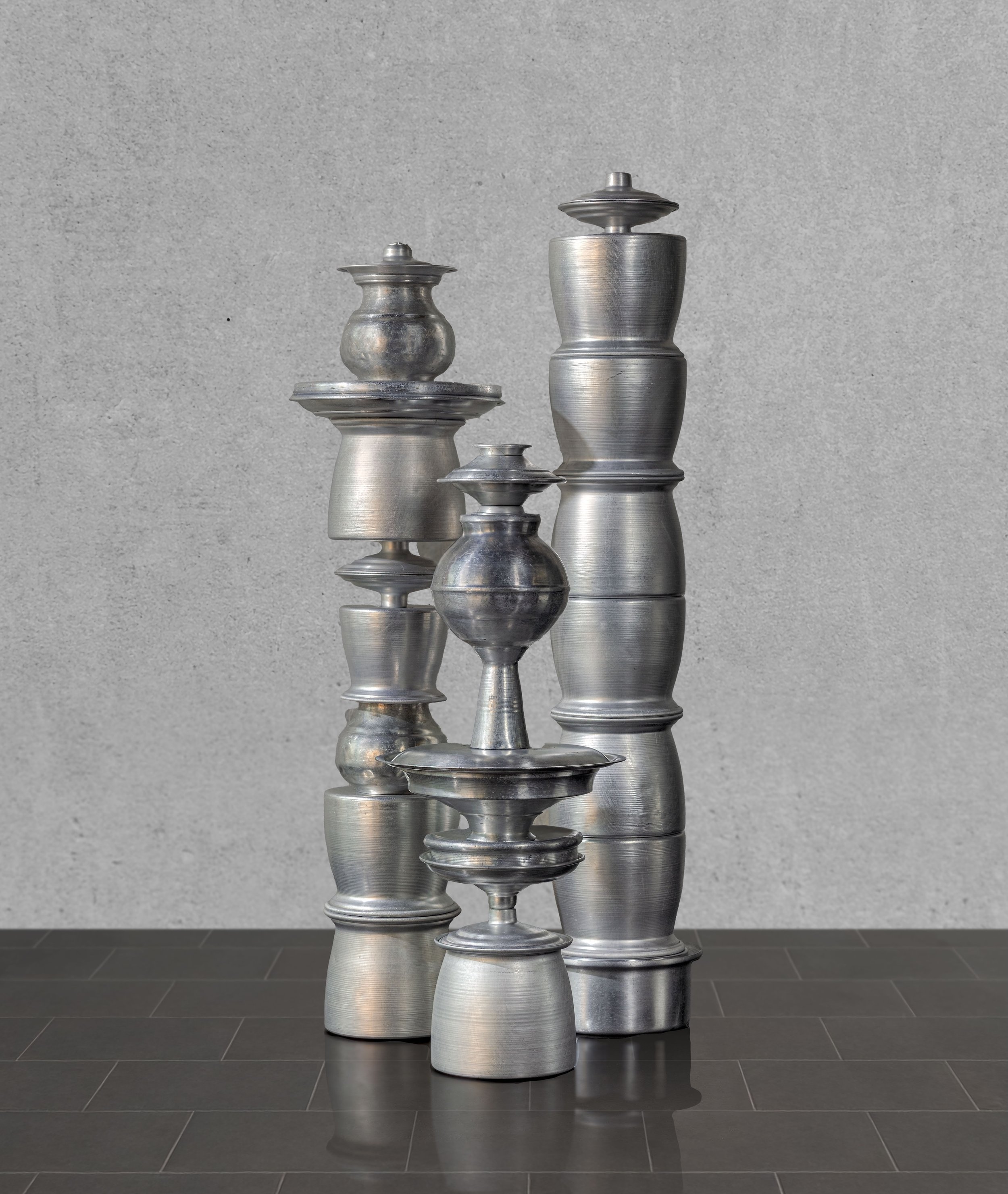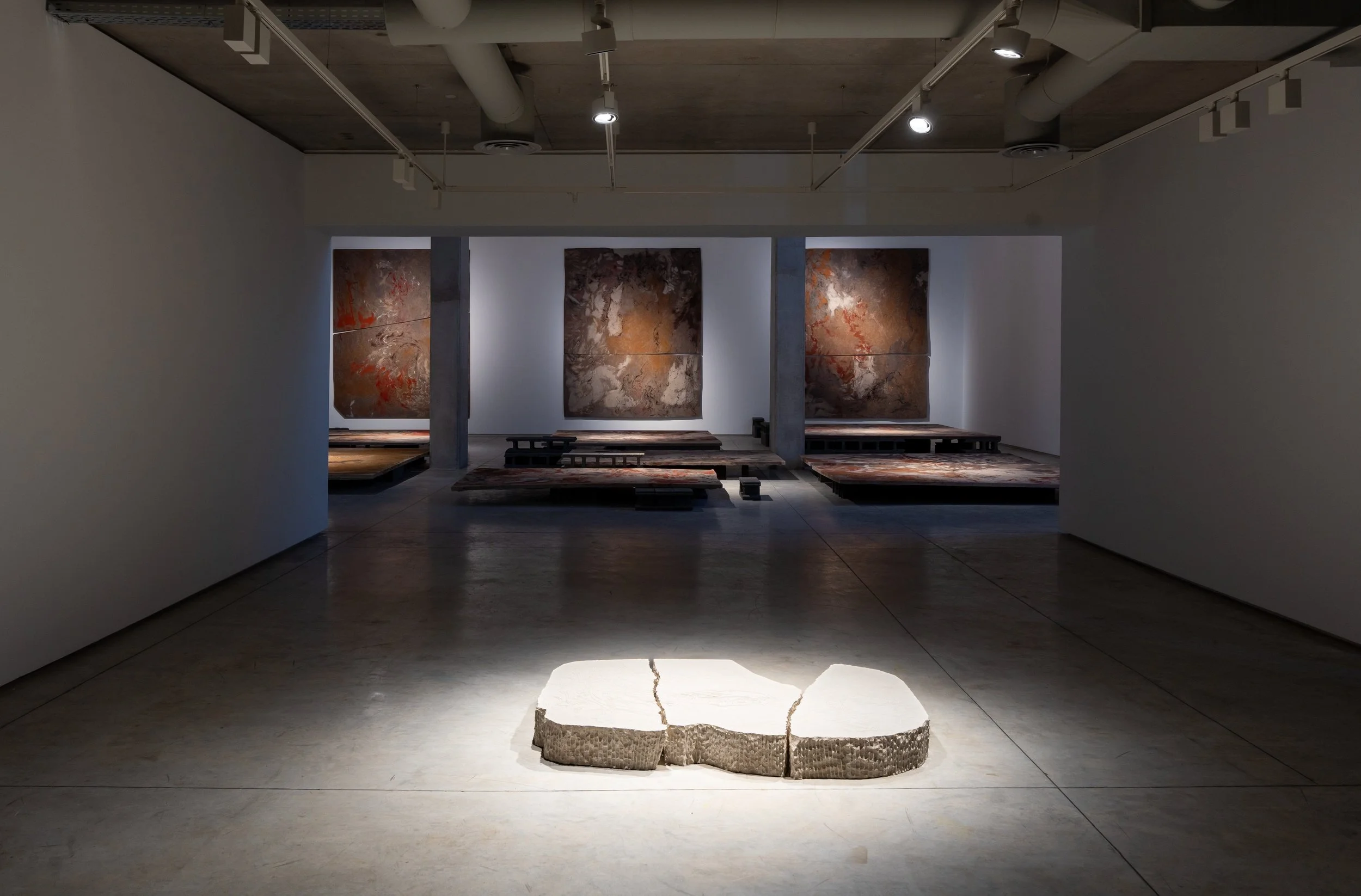You regularly participate in international fairs such as Art Basel, Frieze, Abu Dhabi Art, and Art Dubai, often showcasing artists from the Middle East and North Africa.
What guides your decision when selecting which artists to present on these global stages?
When selecting artists to present at international fairs like Art Basel, Frieze, Abu Dhabi Art, and Art Dubai, several guiding principles inform our curatorial decisions at Selma Feriani Gallery:
Artistic Excellence and Innovation: We prioritize artists whose practices demonstrate a high level of conceptual rigor, craftsmanship, and originality. Their work must not only be visually compelling but also contribute meaningfully to contemporary discourse, offering new perspectives or challenging dominant narratives.
Cultural Relevance and Representation: As a gallery deeply rooted in the Middle East and North Africa (MENA) region, we seek to highlight voices that reflect the rich cultural, political, and social complexities of this area. We aim to amplify underrepresented narratives and foster a nuanced understanding of the region’s diverse artistic landscapes.
Global Dialogue: While our focus is regional, we look for artists whose work resonates beyond geographic boundaries. The goal is to position them within a broader global context where their ideas and expressions can engage in meaningful dialogue with international audiences, institutions, and collectors.
Long-Term Support and Development: We often choose artists with whom we’ve built sustained relationships—supporting them through multiple stages of their careers. Presenting them on such prestigious platforms is both a strategic and ethical commitment to their growth and visibility.
Ultimately, our selections are guided by a balance of critical engagement, regional representation, and global relevance, with the goal of positioning our artists at the forefront of contemporary art conversations.





